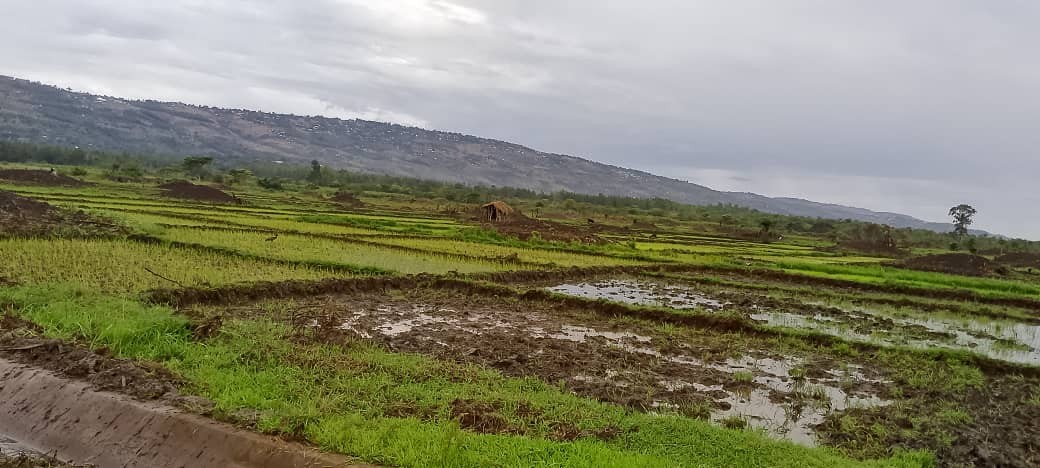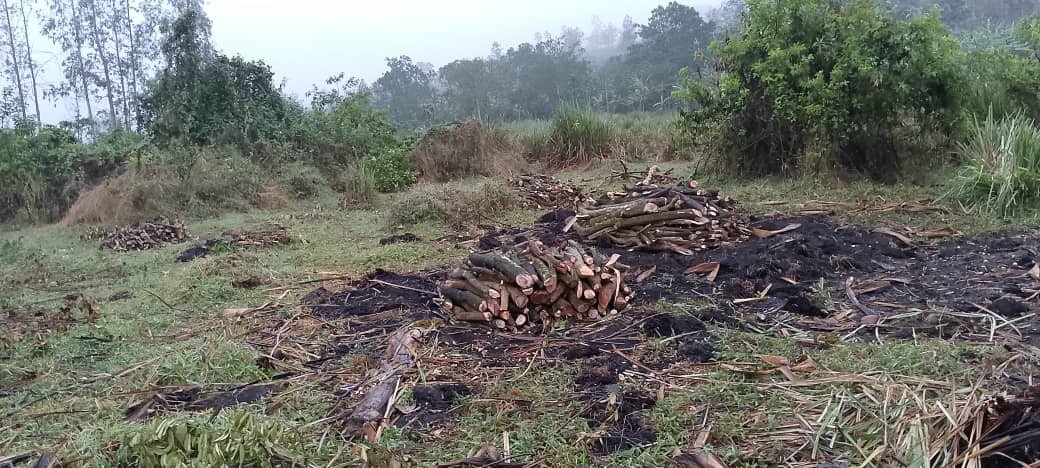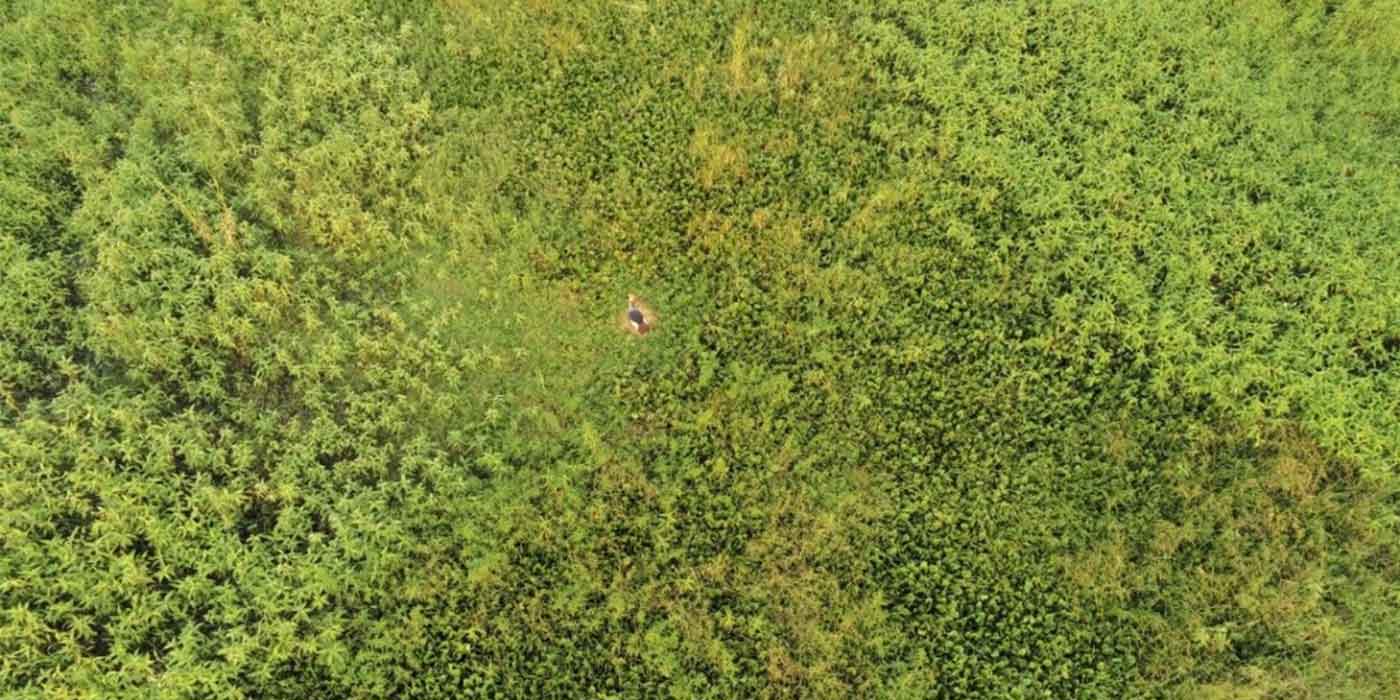The endangered Grey Crowned Crane (Balearica regulorum) is experiencing threats in its range, resulting in a rapid population decline. In Tanzania, less than 1,000 individuals are estimated to remain in the wild, although the actual numbers might be low, demanding a national coordinated survey of the potential habitats. Since 2021, Nature Tanzania has been working with communities and regional and local governments in Kagera wetlands to implement conservation actions towards the species and habitat.
Background
In East Africa and particularly in Tanzania the Grey Crowned Crane is threatened by illegal killing through poisoning, hunting, trapping and egg collection, among other threats. It is also threatened by habitat degradation and loss, fire and flooding in wetland nesting areas. The Grey Crowned Cranes are well known for their beauty in many communities to the extent that some people hunt them and clip their wings to keep them as pets in home gardens. Across many communities, they are valued for their attractive beauty and, therefore, an umbrella species for conservation. In Kagera wetlands, the conversion of wetlands to agricultural land by farmers is another important threat. An example of this is the important Karagwe-Bujuruga wetlands, which host many bird species and have now been changed for agricultural production, see figure below.

Furthermore, deforestation through tree cutting around the Kagera wetlands is a big problem, mainly for charcoal as a source of income. These trees are very important to the ecosystem and roosting sites for the Grey Crowned Cranes. Regular meetings with local leaders and village general assemblies are being held to communicate about this problem and address the threat, see figure below.

To address the conservation challenges, Nature Tanzania is implementing multi-dimensional activities towards safeguarding the species’ existence and its habitats. This long-term project has four objectives, including creating community awareness about the conservation values of Kagera wetlands, capacity building for sustainable livelihood development, community-based biodiversity monitoring and conservation, and enhancing transboundary cooperation for the conservation of Grey Crowned Crane (GCC). In this regard, we are conducting awareness-raising programs at village and school levels and supporting sustainable income-generating activities for farmers and fishermen in Kagera wetlands.
We are also supporting community-based monitoring whereby community conservation champions, mainly youths are trained, equipped and supported to conduct species and habitat monitoring as well as raise communities’ awareness on wetland sustainable use. Because they come from the targeted community, they are trusted and, therefore, a foundation for great work in community awareness-raising, species and habitat monitoring, environmental education in schools, etc.
Partnership for species and habitat conservation
Currently, Nature Tanzania is partnering with Nature and Biodiversity Conservation Union (NABU), NABU International Foundation and Partner für Klima und Nature (PfKN) towards supporting community-based conservation of species and habitat in Kagera wetlands using the Grey Crowned Crane as a flagship species.
Transboundary conservation efforts
The Grey Crowned Crane population in Western Tanzania perform local and seasonal movements between Tanzania, Rwanda and Uganda along the Kagera wetlands, demanding transboundary conservation efforts. In Rwanda, several efforts by the Rwanda Wildlife Conservation Association (RWCA) have been there, and later on, these were replicated in Tanzania and Uganda, where Nature Tanzania and Nature Uganda are leading conservation efforts, respectively.
Monitoring of GCC breeding – 2024/2025 season
In Kagera wetlands, GCC breeding normally starts in November, with nest preparation until May, but rarely after May to August because that is the dry season. During the new 2024/2025 GCC breeding season monitoring, which started in November 2024, we used drone technology to locate and monitor GCC nests, especially inaccessible areas. The drone also helped to reduce disturbances when searching for the GCC nests in the wetlands and the risk associated with using local canoes to locate and monitor GCC nests and the GCC breeding pairs on the nests.

We appreciate our Community Conservation Champions, who are doing their best to locate and monitor GCC nests in the wetlands. As of December 2024, 16 nests had been located and monitored. Of the 16 nests, two had hatched four GCC chicks. The hatched GCC chicks and juveniles are targeted for ringing/banding. Monitoring is ongoing, and we expect to locate and record more GCC nests in the coming reporting period.
Banding/ringing Grey Crowned Cranes
Between November and December 2024, we continued with GCC colour banding/ringing as part of the East Africa transboundary GCC monitoring program, which was agreed during the East Africa meeting on Crane banding/ringing held in 2019 in Uganda. Usually, GCC chicks and juveniles are targeted for banding/ringing, which is done during the breeding season. With the assistance of local champions and information from farmers and fishermen, once GCC chicks and juveniles are located, usually with their parents, they are chased after, caught and banded/ringed. The bands/rings are placed on the left leg of the bird. The country color ring code for Tanzania is Red. When the GCC juveniles become adults, the color rings can be used to identify the countries important to GCC breeding.
Following this meeting, the project organized and conducted GCC banding/ringing in the Kagera wetlands. As of December 2024, the project successfully ringed 14 GCC chicks in Kyerwa and Karagwe districts (see Appendix 1). Of the 14 GCC chicks, nine were ringed in wetlands within the Kyerwa district and 3 in the Karagwe district. Of the 14 ringed GCC, 12 have fledged, and two disappeared, therefore an 85.71% GCC fledgling success. We could not get information on the two disappeared ringed chicks, but may have died of natural causes or by people. More follow-up will continue in the next reporting period.
Awareness raising
Between September and December 2024, 24 awareness-raising events were organised and conducted, reaching more than 6,908 people (3,232 women). These people were reached with awareness messages regarding the conservation of GCC and their habitats. Several awareness occasions to the project stakeholders reached 395 farmers, 155 fishermen and 69 cattle keepers. Community Conservation Champions visited different groups of people to sensitise them on the conservation of Grey Crowned Crane. The project officer and champions met with farmers in preparation for receiving flocks of Grey Crowned Crane. But also alerting fishermen and cattle grazers about the coming of the new breeding season of the Grey Crowned Crane in November. A project officer also visited schools to share knowledge with conservation clubs to build their capacity for the conservation of grey-crowned Cranes, reaching 145 students and 12 teachers.


